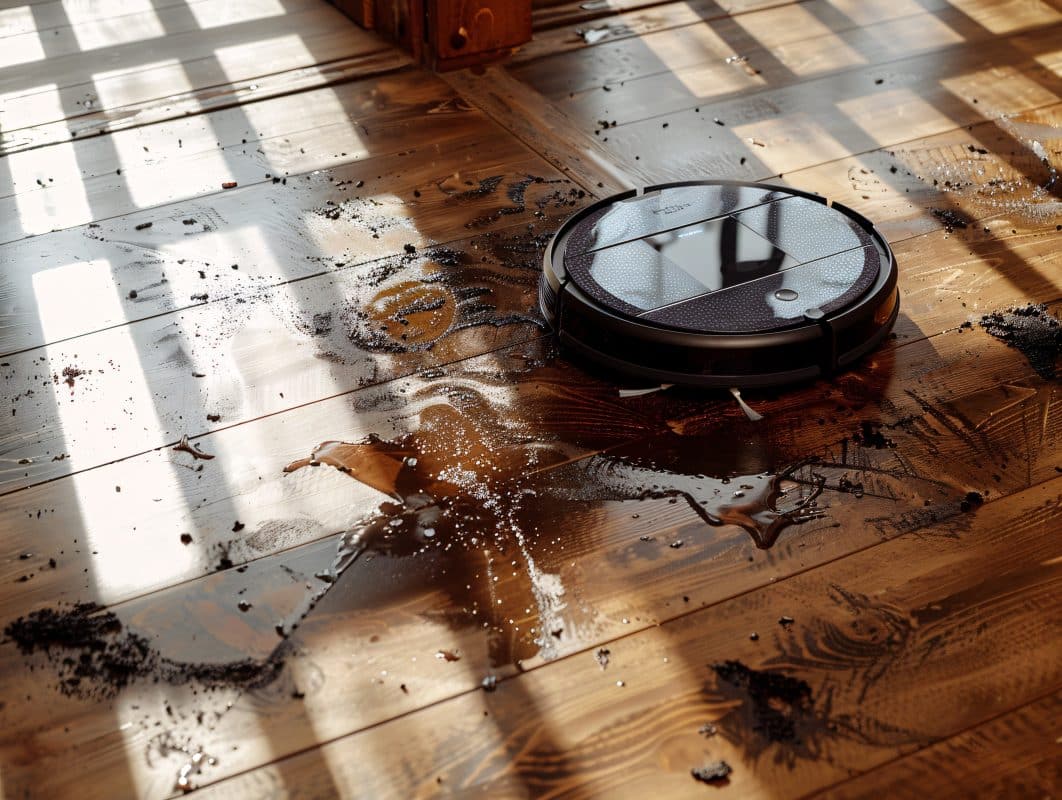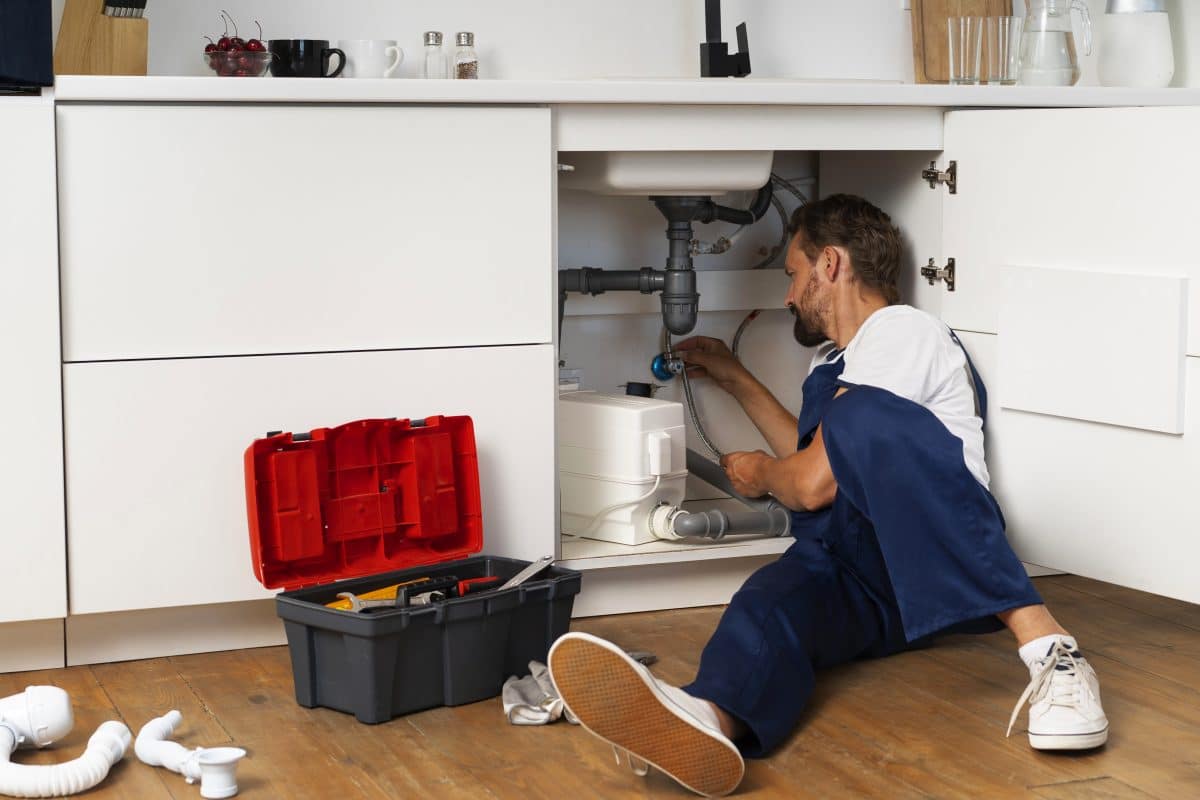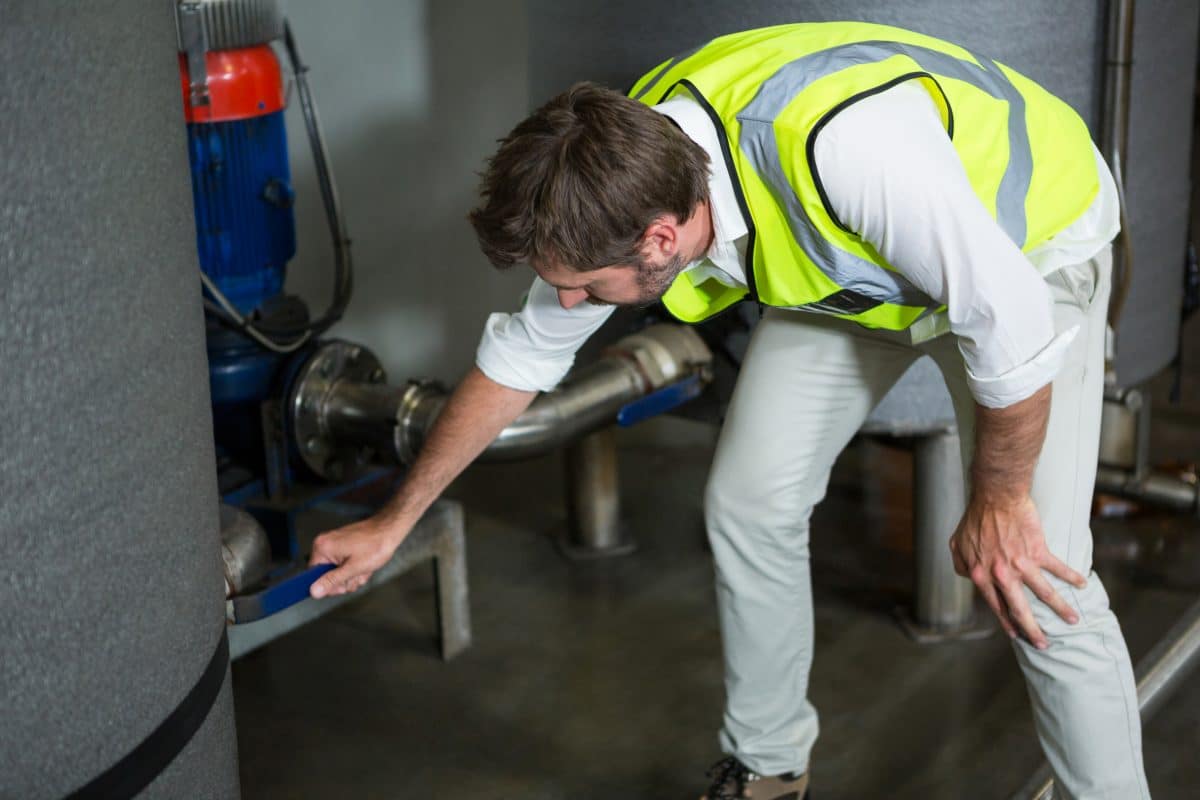Quick and efficient extraction and dry-out services are imperative when you experience water damage in your home or business. Ankle Deep Standing water and wet materials can be a breeding ground for bacterial and mold growth that give rise to long term problems rather than short term issues. At Flamingo Floodworks, we understand that speed and convenience is an absolutely necessity when it comes to addressing a water emergency, so we make it a priority to offer expedient, 24/7 action for water damage.
Our Dry Out Process
- As soon as you discover the damage, call us immediately at (945)295-0050 to describe the cause and current damage situation. Turn off the water at the water line coming into your home.
- A Flamingo Floodworks technician or project manager will be dispatched as immediately to assess the damage.
- We’ll contain the flooded area to reduce further damage and do everything we can to secure your contents, including valuables, furniture, rugs, and all property.
- We’ll use powerful commercial water extraction equipment to extract all standing water fast.
- All damaged materials will be removed, including flooring and drywall to ensure mold does not grow.
- High-powered drying equipment will be set to ensure the area is completely dried out and prepared for remediation.
Water damage restoration refers to the process of restoring a property that has been damaged by water. This damage can occur due to various reasons such as flooding, burst pipes, leaking roofs, or appliance malfunctions. Restoration involves several steps to mitigate the damage, dry out the affected areas, and restore the property to its pre-damaged condition. Here’s an overview of the water damage restoration process:
- Assessment: The first step is to assess the extent of the water damage. Professionals will inspect the affected areas to determine the source of the water, the category of water (clean, gray, or black), and the extent of damage to building materials and belongings.
- Water Removal: The next step is to remove standing water from the property using pumps, vacuums, or other extraction equipment. This helps prevent further damage and accelerates the drying process.
- Drying: Once the standing water is removed, the drying process begins. Industrial-strength dehumidifiers, air movers, and heaters are used to dry out the affected areas, including walls, floors, and ceilings. This helps prevent mold growth and structural damage.
- Cleanup and Sanitization: After the drying process, the affected areas are cleaned and sanitized to remove any remaining contaminants and prevent mold growth. This may involve disinfecting surfaces, cleaning carpets and upholstery, and removing damaged materials.
- Restoration: The final step is to restore the property to its pre-damaged condition. This may involve repairing or replacing damaged building materials, such as drywall, flooring, and insulation, as well as restoring or replacing damaged belongings.
Water damage restoration can be a complex and time-consuming process, depending on the severity of the damage. It’s important to address water damage promptly to prevent further damage and minimize the risk of mold growth and other health hazards. Hiring a professional water damage restoration company can help ensure that the restoration process is carried out effectively and efficiently.
Why Flamingo Floodworks?
Unwanted water in a home or business is stressful. Worrying about who’s going to handle the cleanup should not add to the stress. Flamingo Floodworks offers prompt and professional service to give you peace of mind in a devastating situation.
Our water loss remediation specialists fully understand how traumatic water damage can be to a homeowner. We will communicate with you every step of the way as we work to ensure your property sustains the least amount of damage possible. Our certified and vigorously tested dry-out procedures remove water and moisture from your property quickly and efficiently. Contact us today for your complete dry-out needs in Addison, Carrollton, Coppell, Far North Dallas, North Dallas, Farmers Branch, Hebron, Lewisville, Dallas, Fort Worth, Denton, Plano, Frisco, McKinney, Richardson, Los Colinas, Irving, Arlington, Highland Park, Lakewood, Bluffwood, Preston Hollow, University Park and the surrounding DFW Texas areas.

Restoration Water Damage Emergency Steps to ensure proper drying and remediation
Restoring water damage can be a daunting task, but taking immediate action is crucial to prevent further damage and mold growth. Here are some emergency steps to ensure proper drying and remediation:
- Safety First: Before anything else, ensure that the area is safe to enter. Turn off electricity and avoid standing water if there are electrical outlets or appliances submerged.
- Assess the Damage: Determine the extent of the water damage. Is it a small leak or a major flood? This will help you decide whether you can handle the cleanup yourself or if you need to call professionals.
- Stop the Source: If the water damage is due to a burst pipe, leaking roof, or any other ongoing issue, it’s crucial to stop the water source as soon as possible. This might involve shutting off the main water supply to your home.
- Remove Standing Water: Use a wet/dry vacuum to remove as much standing water as possible. The quicker you can remove water, the less damage it will cause.
- Move Valuables: Remove any furniture, rugs, electronics, and other valuables from the affected area to prevent further damage.
- Dry Out the Area: Use fans, dehumidifiers, and open windows to dry out the affected area. The goal is to reduce moisture levels and promote evaporation. Make sure to also dry out hidden areas like wall cavities and under flooring.
- Disinfect and Clean: Once the area is dry, disinfect all surfaces to prevent mold and bacteria growth. Use a solution of water and bleach or a commercial disinfectant.
- Inspect for Mold: Keep an eye out for any signs of mold growth. If you notice any mold, it’s important to address it promptly to prevent it from spreading.
- Monitor Progress: Continue to monitor the affected area over the next few days to ensure that it stays dry and that mold doesn’t develop. If you notice any issues, take appropriate action.
- Consider Professional Help: If the water damage is extensive or if you’re not comfortable handling the cleanup yourself, don’t hesitate to call in professionals. They have the expertise and equipment to properly dry out and restore your home.

How to make a water damage restoration claim to your insurance company
Making a water damage restoration claim to your insurance company involves several steps to ensure that you provide all the necessary information and documentation. Here’s a guide on how to make a water damage restoration claim:
- Review Your Policy: Before filing a claim, review your insurance policy to understand what is covered and what is not covered under your policy. This will help you determine if the water damage is eligible for coverage.
- Document the Damage: Take photographs and videos of the water damage, including the source of the water, affected areas, and any damaged belongings. This documentation will serve as evidence to support your claim.
- Contact Your Insurance Company: Notify your insurance company as soon as possible after discovering the water damage. Most insurance companies have a 24/7 claims hotline that you can call to report the damage. Be prepared to provide details about the cause of the damage, the extent of the damage, and any temporary repairs you have made.
- Mitigate Further Damage: Take steps to prevent further damage to your property, such as turning off the water supply, removing standing water, and drying out the affected areas. Keep receipts for any emergency repairs or mitigation efforts, as these expenses may be reimbursable by your insurance company.
- File a Claim: Submit a claim to your insurance company either online, over the phone, or through a mobile app. Provide all the necessary information, including your policy number, contact information, and a detailed description of the water damage. Be honest and accurate when providing information to avoid any delays or complications with your claim.
- Cooperate with the Claims Process: Your insurance company may send an adjuster to inspect the damage and assess the validity of your claim. Cooperate with the adjuster and provide any additional information or documentation they request.
- Review the Settlement Offer: Once your claim has been processed, review the settlement offer provided by your insurance company. Make sure you understand what is covered and what is not covered under your policy, and ask questions if anything is unclear.
- Complete Repairs: If your claim is approved, work with your insurance company to complete the necessary repairs and restoration of your property. Keep records of all expenses related to the repairs, as these may be reimbursable by your insurance company.
- Follow Up: Stay in communication with your insurance company throughout the claims process and follow up on any outstanding issues or concerns. If you encounter any difficulties or disputes with your claim, don’t hesitate to escalate the matter to a supervisor or seek assistance from a public adjuster or legal counsel.
By following these steps and providing thorough documentation, you can increase the likelihood of a successful water damage restoration claim with your insurance company.

